Today in Waynewood History – September 1, 2019
By Tammy Mannarino

Sixty years ago, on September 1, 1959 Waynewood Elementary School opened it’s doors for its very first school year. Bess K. Grossenbach, Principal of the new school, oversaw the school’s 17 teachers as they led classes of first through seventh graders. Intermediate schools weren’t introduced in Fairfax County until 1960 and Kindergarten was added in 1968. While the new school held 20 classrooms not all were used for elementary students. Three classrooms were used that first year for eighth graders from Mount Vernon High School who were bused over in two sessions, morning and afternoon, to alleviate crowded conditions there. The remainder of the school served “elementary students in the Waynewood, Stratford Landing, Potomac Valley, Great Meadows, Plymouth Haven, Stratford on the Potomac, Collingwood and adjacent communities.”

Waynewood Elementary had been conceived years earlier in 1956, under the tentative name Plymouth Haven Elementary, to serve the already established Plymouth Haven neighborhood and to provide more classrooms in a growing community. Prior to 1959, students who lived in Plymouth Haven attended Hollin Hall Elementary on Shenandoah Road which was built in the late 1940’s and now serves as a senior center and a preschool. The Fairfax County School Board officially changed the name of the proposed school to Waynewood Elementary School in early 1957 around the time that home builder Clarence W. Gosnell was preparing to open the Waynewood neighborhood to sales.

Spurred by the baby boom and post-war growth of the Federal Government, Fairfax County school enrollment was rapidly increasing. In the single year before Waynewood opened, the county enrolled 5800 new students! The school system struggled to keep up with this growth. Fortunately, in the case of Waynewood Elementary, assistance came from a couple of sources. First, Fairfax County applied for and received Federal financial aid for school construction under Public Laws 815 and 874 which recognized the impact of Federal defense efforts on the cost of public educational activities. (This should sound familiar to parents who have filled out a Federal Impact Aid form for FCPS.)

Second, in May 1958, Clarence Gosnell, Inc donated 10.158 acres of land to the county for the school site. The architects Bailey & Patton had been selected to draft plans for the building in 1957. To save time and costs they adapted plans from Kent Gardens Elementary which opened that year. On August 26, 1958, the School Board opened the 9 bids they received to build Waynewood Elementary. After discussion they selected Reid Inc. who had put forth the lowest bid at $412,600. In October 1958, a groundbreaking ceremony was held on the site and covered by the Washington Post.


The following slide show contains aerial images of Waynewood Elementary School over the years. In terms of early front views of the school, a search of County records, the Virginia Room at the Fairfax Regional Library and local newspaper have turned up very little before the 1980s. If you have early pictures or yearbooks of Waynewood Elementary that you are willing to share, please let us know using the contact page of this website.
Please see the excellent history write up on the Waynewood Elementary Website which includes the origin of the name Waynewood!
Waynewood Elementary Through the Years
Happy 60th Birthday Waynewood Elementary!
This Month in Waynewood History – June 2019
By Tammy Mannarino

Sixty years ago this month, the Waynewood Citizens Association published its very first Newsletter. The June 1959 edition began with “Greetings, Waynewood residents. This is the first issue of your local newsletter, which will be distributed to all residents of Waynewood at intervals, the frequency depending on the bulk of news-worthy items to report….We welcome any printable personal anecdotes from or about you and your neighbors.” Included was a president’s column, membership information, reports on committee activities and more. The newsletter was accompanied by another first, a neighborhood directory which included names and ranks of homeowners both alphabetically and by street, a map, a list of nearby organizations and churches, voting information and paid advertisements from local merchants. It was very similar to our modern Waynewood directory, but much smaller. In June 1959, there were only 168 homeowners. The neighborhood, however, was growing fast and was expected to reach it’s full capacity of 750 homes within 3 years.

The newsletter and directory were concrete evidence of the organizational work that members of the community put in motion months earlier. The Waynewood community’s first recorded meeting took place on Monday, October 20, 1958 at 8:30 p.m. Residents of the new neighborhood gathered at the Mount Vernon Volunteer Fire Station, a building that still quietly exists today. It sits at 8717 Fort Hunt Road and serves now as the Mount Vernon Masonic Temple, home to Lodge #219, known seasonally as the site of monthly flea markets. Prior to the building of Waynewood Elementary School, the Fire Station served as a gathering place for Scout troops, dances, and indeed, nascent citizen’s groups.

Colonel Paul Galentine led the meeting as the temporary chairman and was pleased with the robust turn out. He suggested 3 committees: Constitution and By-Laws, Nominating, and Membership and appointed chairmen to serve on them. Galentine also explained the convention of separating the neighborhood into 8 randomly numbered areas with a representative from each. Before the meeting closed, each family was asked to contribute one dollar to an operational fund. Martha Paraska, selected as the Secretary -Treasurer, was entrusted with $67 to cover initial costs.
By February 1959, the homeowners had selected the name “Waynewood Citizens Association,” elected an executive committee and adopted a constitution. Colonel Galentine, now the first President of the WCA, was presented with a handsome gavel reportedly made from a tree planted on the capitol grounds by George Washington. Annual dues were set at $4 per family.

Four WCA committees were created: Publicity, Membership, Special Activities, and Recreation. Jack Abbott, Chairman of the publicity committee proposed to develop a telephone book and the circulation of a “news flyer,” which remain two of the best-known services of the WCA today. The Membership Committee planned to share information to new and present members via a “net-work of block captains.” Colonel Galentine described the two responsibilities of the Special Events Committee: “Beautification of the area” and “some type of event in which the whole of Waynewood would participate.” The Recreation committee was tasked as a “fact finding board that would examine the procedure necessary for securing the land, building and maintaining a recreation area.” That committee formalized itself one month later as the corporation we now know as the Waynewood Recreation Association (WRA).
As Mr. Abbott published the Waynewood Citizens Association June 1959 newsletter, the organization was already active in supporting the interests of Waynewood homeowners, battling both rezoning on Fort Hunt Road and Japanese Beetles. The WRA, still listed as a committee of the WCA, reported in the newsletter on their membership drive. Although a discounted membership was offered for $250 for signing up within 60 days of settling on your house, many members of the community were military families who were reluctant to join given the uncertainty of reassignment.

WRA Pool House Architect
As of June 10th, the membership committee had recruited 100 members. The Gosnell Company had agreed to deed the 8 acres set aside for a pool, playground and tennis courts to the WRA once the membership had reached 150 families a milestone they wouldn’t reach until well after the Summer was over. Unhampered by the lack of ownership of the property, Earl Shafer, the chairman of the building committee and namesake of WRA’s Shafer athletic Field, hired Architect Richard Gomersall to draw up plans for a pool house. Gomersall would make a career designing a variety of homes, churches, and community buildings in the Washington area including the Signature Theatre on South Four Mile Run and additions to the Old Dominion Boat Club in Old Town Alexandria.

In the sixty years since Waynewood’s first newsletter was delivered to residents, many individuals have followed in the footsteps of Galentine, Abbott, Shafer and others, contributing to the growth and success of the Waynewood Citizens Association and the Waynewood Recreation Association. Their efforts have made Waynewood the beautiful, warm and welcoming neighborhood we call home.
I’d like to extend a special thank you to Juliette Theroux, current editor of the Waynewood Citizens Association Newsletter, for her edits, suggestions and generous encouragement. – TM

Postscript: Initiating the Waynewood Newsletter was only one of Jackson Miles Abbott’s legacies. A leading ornithologist, he contributed to the discovery that DDT was behind the declining bald eagle population and was instrumental in preservation efforts at Fort Belvoir, Dyke Marsh and Huntley Meadows. Abbott authored books and a column for the Washington Star Newspaper. In 1989, Fort Belvoir dedicated a 150-acre tract of land adjacent to Pole Road as the Jackson Miles Abbott Wetland Refuge that is enjoyed by many families today. Mr. Abbott was also a gifted artist. Aside from creating the cover art for the inaugural Waynewood Directory, He is the only individual to take both first and second place in the Federal Duck Stamp contest. His artwork can be seen on this 1957 postage stamp . It is fitting that his artwork still graces the masthead of a modern “news-flyer,” the Belvoir Eagle as well as the logo the military installation uses on their Facebook and Twitter accounts.



Today in Waynewood History – March 11, 2019
By Tammy Mannarino

60 years ago today, on March 11, 1959, the Commonwealth of Virginia certified The Waynewood Recreation Association as a corporation. The State Corporation Commission approved the Articles of Incorporation, accepted the appropriate fees, issued a certificate, and the WRA was born.
That was when the work really started. At that time, Waynewood neighborhood was less than two years old. The Gosnell Corporation was building and selling homes at a good pace, but some sections were not yet completed. Waynewood Elementary School was under construction. The Articles clearly defined the work ahead within the purpose of the WRA:
“The Corporation is organized for the purpose of acquiring, owning, leasing, constructing, operating, managing and maintaining a community park, playground, athletic field, swimming pool and other recreational facilities….”

The statement goes on, as if in a rush of excitement for all they wanted to accomplish for the benefit of Waynewood’s citizens. It does stipulate, however, that “…no dancing facilities, shall be provided…” on the premises. But, at this point, the larger concern was that there was no premises.
Three men, representing the new WRA, signed the document: Seth T. Brewer, Robert Sherriffs Moss, and Earl G. Shafer. They were very near neighbors living respectively at 1110, 1118 and 1116 Doter Drive. These weren’t the only residents named in the document. The Articles named 9 members of the Initial Board of Directors and a plan for their tenure in 1, 2 and 3-year increments. All of these initial directors lived in close proximity to each other North of Waynewood Boulevard.


Wasting no time, the Initial Board of Directors held their first meeting that evening at 8p.m. at the Moss home on Doter Drive. All were present. Robert Moss presented a prepared set of By-Laws and the group reviewed each of the 13 Articles before approving them. While that consensus seems impressive, it was not final. Current WRA members will not be surprised that “Considerable discussion ensued” over the sections concerning transfer of memberships and dues. Mr. Moss was asked to redraft those sections for consideration at the next meeting.

The Directors elected from amongst themselves officers who oversaw the remainder of the meeting. They planned two important actions: 1) Soliciting active memberships in the association at $250 each and 2) Negotiating with the Gosnell Corporation for the land on which to build the recreation facilities. These two ingredients, people and a place to play, have made the Waynewood Recreation Association a community asset and a source of fond memories over the last 60 years.

Today in Waynewood History – May 25, 2017
By Tammy Mannarino

A single family home adjacent to the GW Parkway for $22,180 sounds like a sweetheart deal. Unfortunately, you’d have to travel back in time 60 years to make that purchase. On May 25, 1957, the Waynewood Neighborhood opened for home sales. Two furnished and decorated homes were available for public viewing daily and by appointment. Eye catching advertisements were placed in the Washington Post and the Alexandria Gazette emphasizing the ideal location and family-oriented features. Many ads capitalized on the fact that George Washington once owned the rolling land as part of one of his five farms. Potential home owners were provided directions that used Hunting Towers as a landmark as the bridge at Jones Point (later named for President Woodrow Wilson) was only a proposal.


Six home styles built by Clarence Gosnell, Inc. were offered in this first section, among them the Haddon, Suffolk and Dover models. Gosnell had already achieved local success with award winning homes in nearby Westgrove, Marlan Park, and Jefferson Manor. This first section of Waynewood was the beginning of a neighborhood that was planned to include 750 homes on the 301 acre tract, an 8 1/2 acre recreation area and an elementary school on a 10 acre site. Home sales were brisk and new models were added as the neighborhood grew. In October 1958, officials broke ground for Waynewood Elementary which would have 20 classrooms and capacity for 600 students. Workers rushed to get the building ready for its opening at the start of the new school year in September 1959. At the same time, the builders completed a new section of Waynewood overlooking the river.
Additional models were offered with higher price tags (in the $30,000 range), and lot sizes up to 1/2 acre. In May 1960, John Gosnell, President of Clarence Gosnell, Inc., presented the deed for the recreation area, approximately 8 acres, to the Waynewood Recreation Association. Construction of the pool had already begun. On July 4, 1960, the pool opened with a large celebration—-a tradition that has not only continued but has grown in the nearly 60 years that have passed.

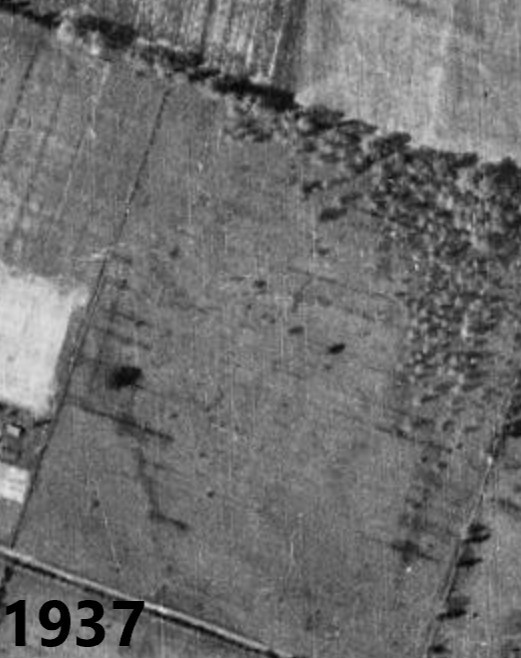
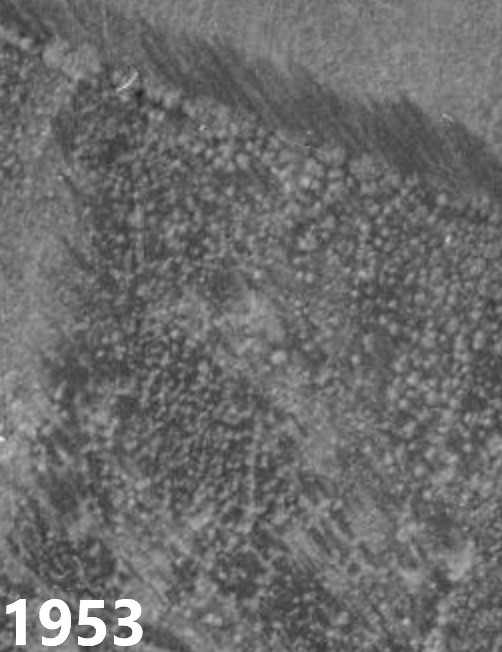


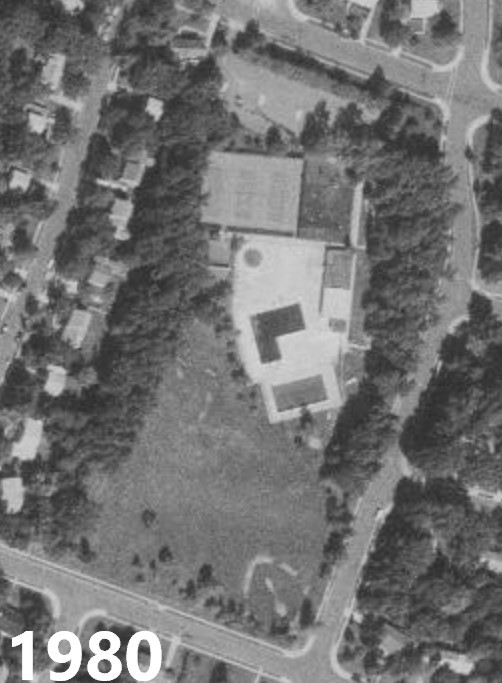
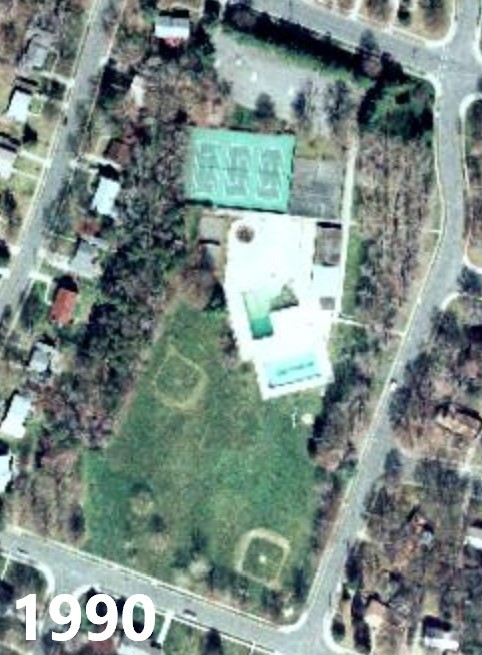
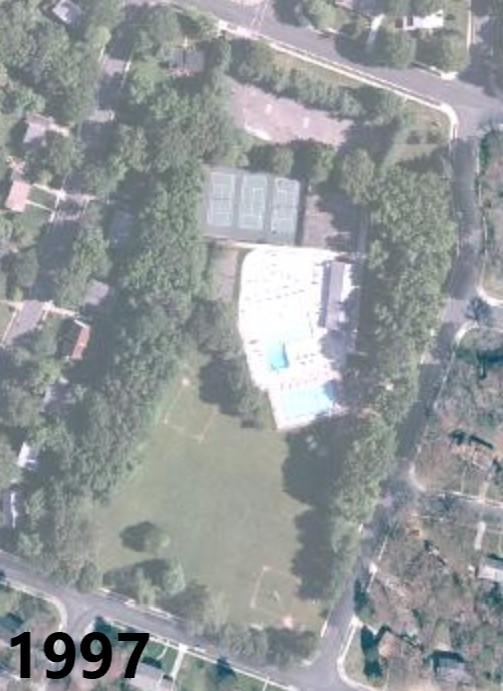


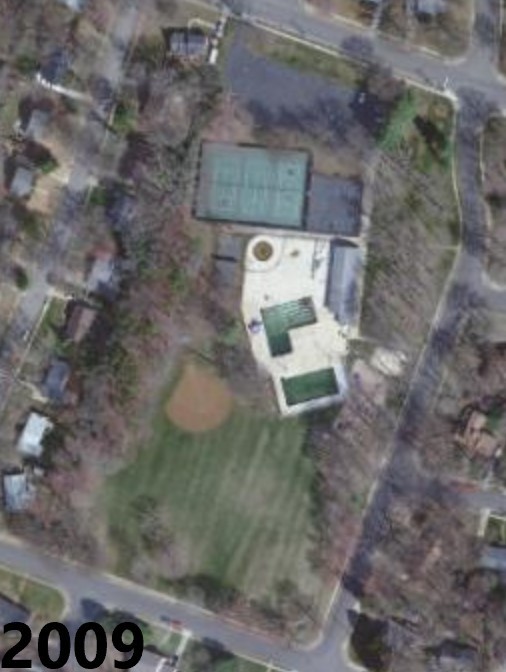


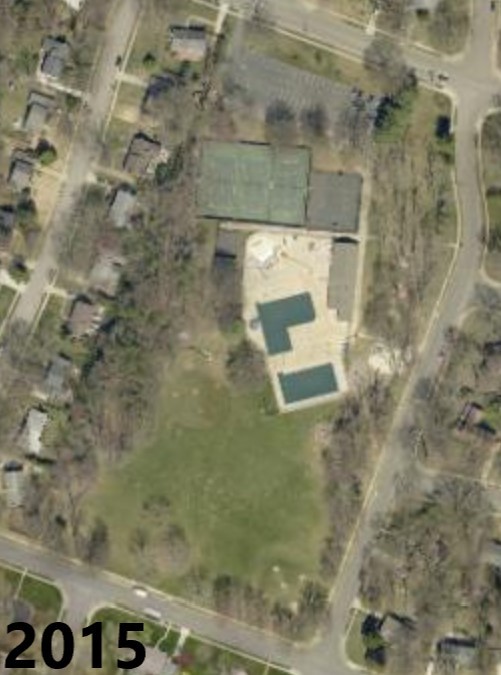
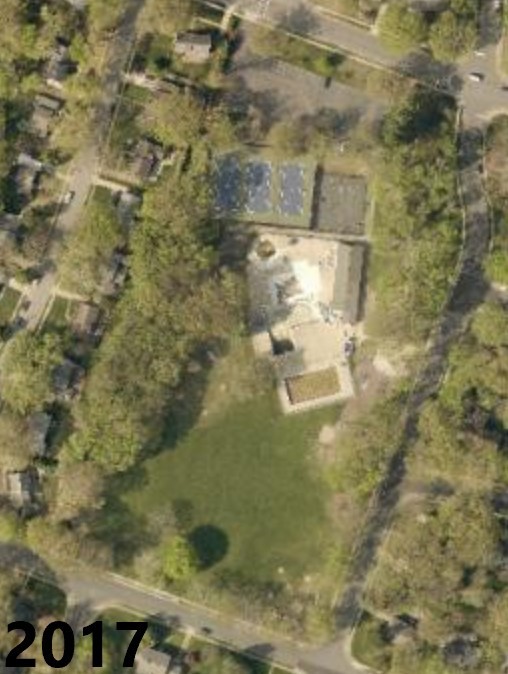

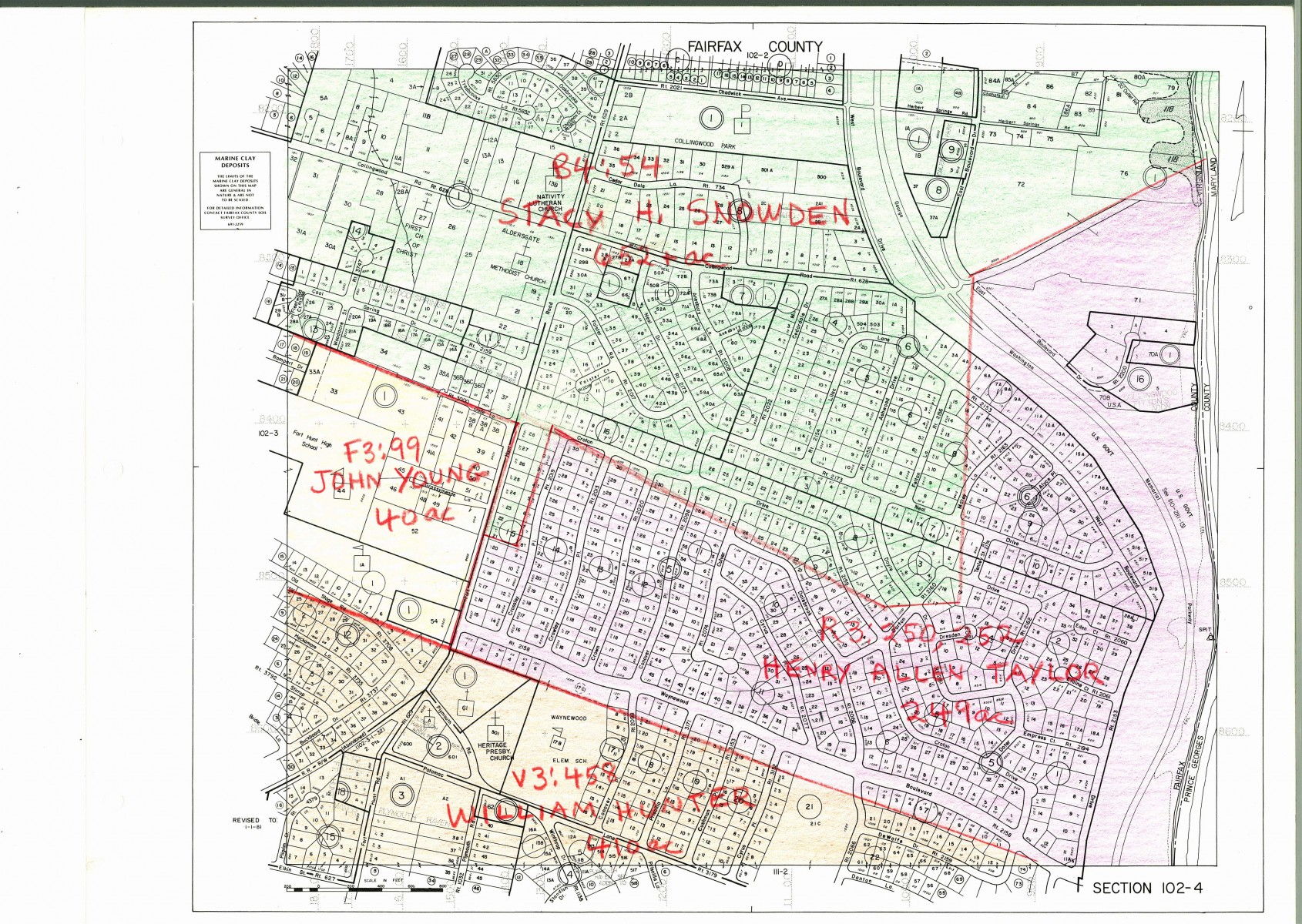
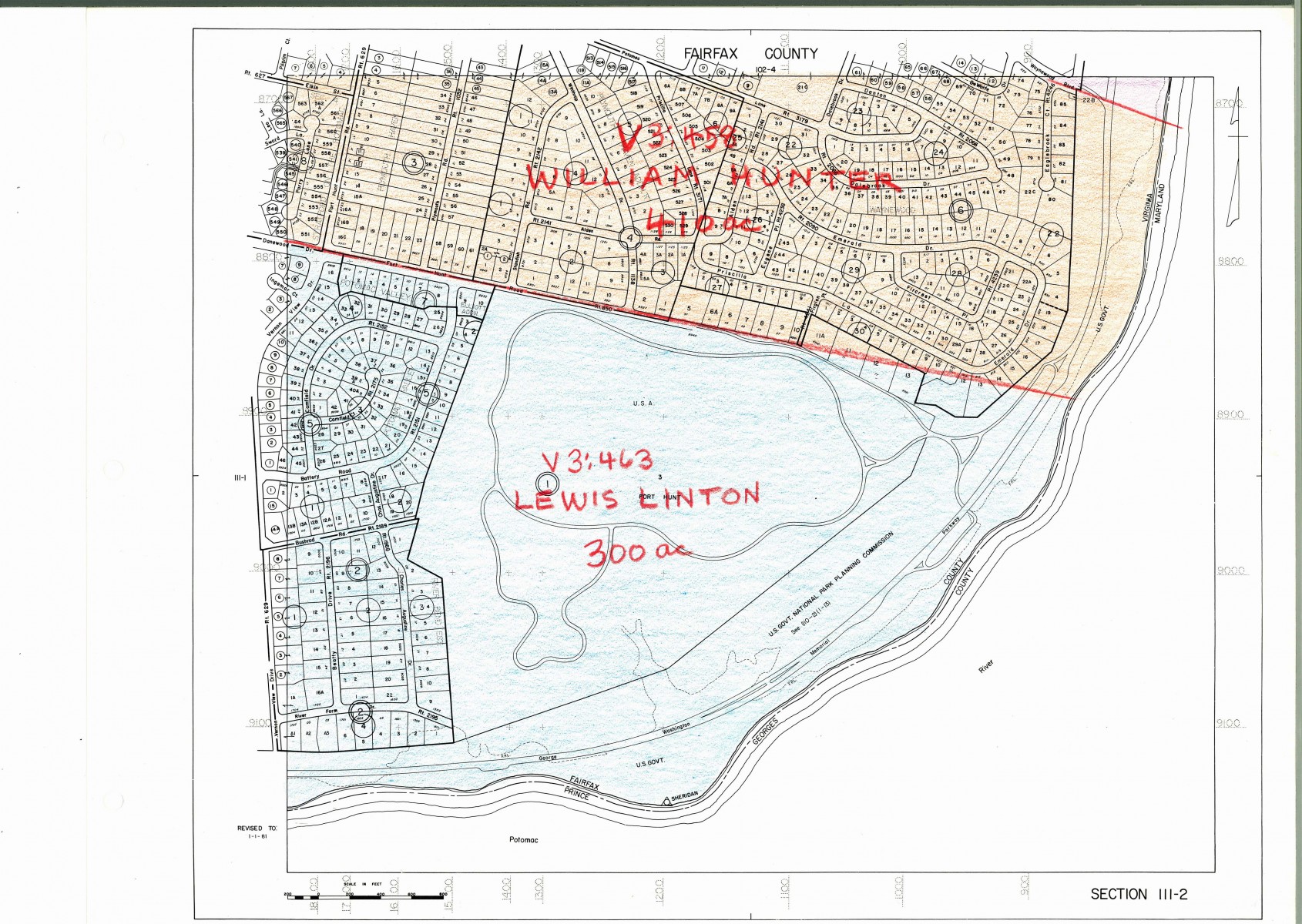
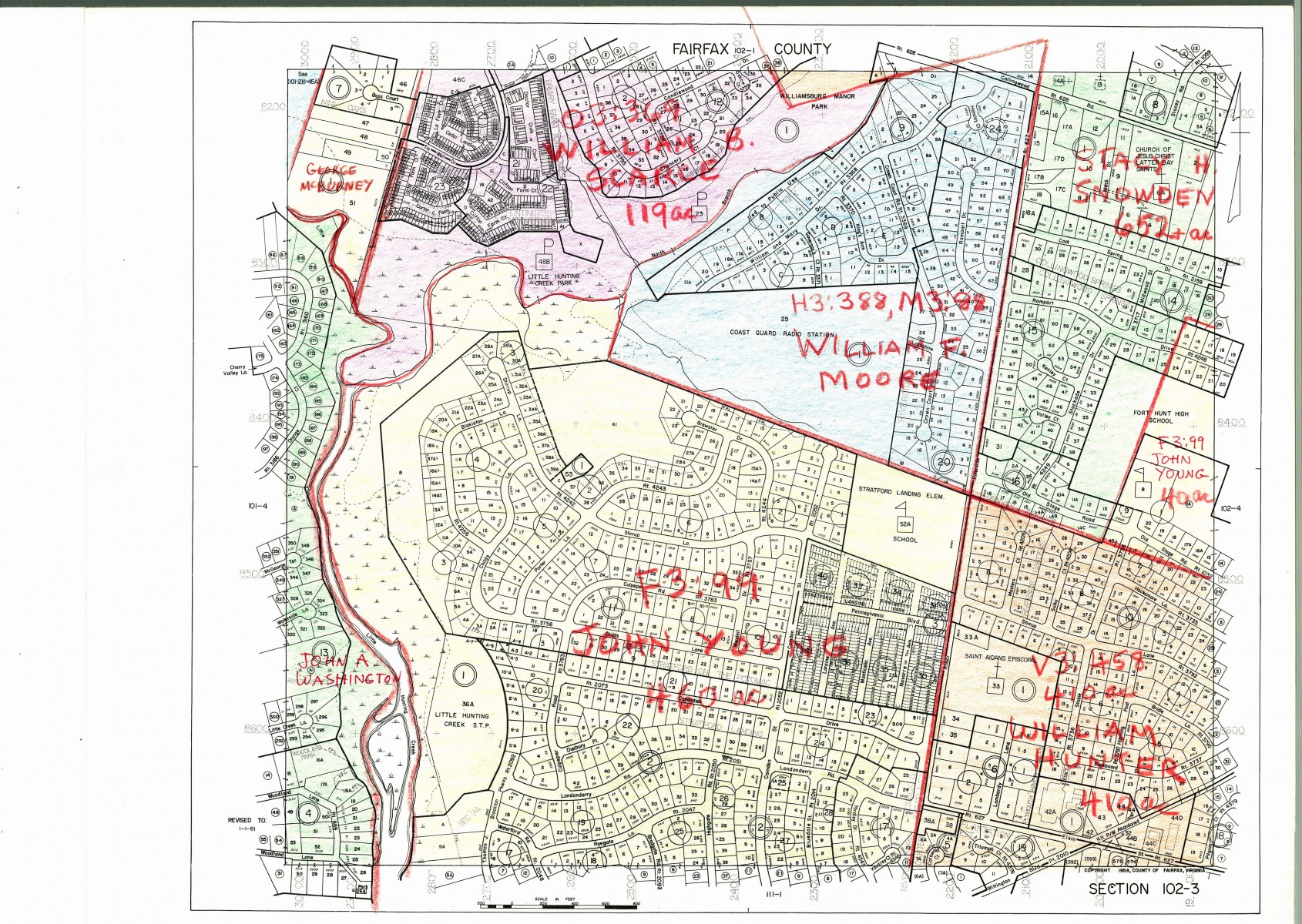
15 Responses to Waynewood Neighborhood History